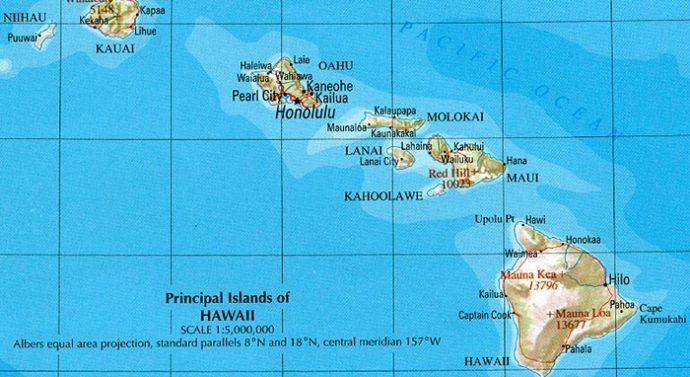
Hawaiian Missile Crisis: Citizens feel the effects of a faulty alert system
News January 26, 2018, Comments Off 254On January 13, citizens of Hawaii woke up to an emergency alert stating “BALLISTIC MISSILE THREAT INBOUND TO HAWAII. SEEK IMMEDIATE SHELTER. THIS IS NOT A DRILL.”
There was mass panic throughout the island. People were rushing to get home to family, tourists were taken to a shelter under a mountain near Kualoa Ranch, others were searching for shelter anywhere they could. Meanwhile, the Drury swim team was in the middle of their morning practice. Coach Brian Reynolds received the alert during their practice and told his players the news. Sophomore swim team member River Tucker said, “I didn’t really know what to do since we were on an island and there isn’t really anywhere to go.”
Everyone assumed this was the end, but they sought for shelter anyway in the hopes of surviving. People were running red lights, calling loved ones and seeking shelter. The took cover anywhere they could find, such as bathrooms, drugstores and storm drains.
After 38 minutes, another message was released stating the earlier emergency alert was a false alarm. Hawaiian officials stated that the alert was human error. An employee accidentally selected a “live alert” button for a routine test of readiness rather than the test alert. Hawaii had previously been conducting monthly air-raid drills, so accidently sending out a missile alert caused an uproar from citizens.
The state was already on edge because of rising tensions between the United States and North Korea. In November 2017, North Korea claimed they successfully tested a new intercontinental ballistic missile that could potentially reach all of the United States. With tensions high, a false missile alert could cause even bigger problems.
A few days after the missile scare, Tokyo, Japan also had a false missile threat. The broadcast happened on January 16, stating that a missile from North Korea was inbound to Japan. The message was retracted within minutes, unlike in Hawaii where it took nearly an hour. After events that have occurred over the past year when North Korea fired two missiles over a Japanese island, Japan expanded their alert system and held emergency drills along the west coast.
After the threat had been withdrawn from Hawaii, there was a mix of emotions from the citizens and tourists. Terror and shock quickly turned to anger and frustration. Many citizens were upset over the events while others believed it would be a great learning experience for how to respond to an immediate threat. Since no one knew how to react or what to do in such a situation, researchers and government officials can use this event to design a better and more effective disaster plan. However, it may not be taken seriously by locals after the earlier mistake.
Though it was a terrifying period for most, the false alarm brought people together in a new way. Strangers were talking to each and others were appreciative of what they have. As for the swim team, they are back on campus, safe, and ready to take on this year.
Article written by Keagan Merritt